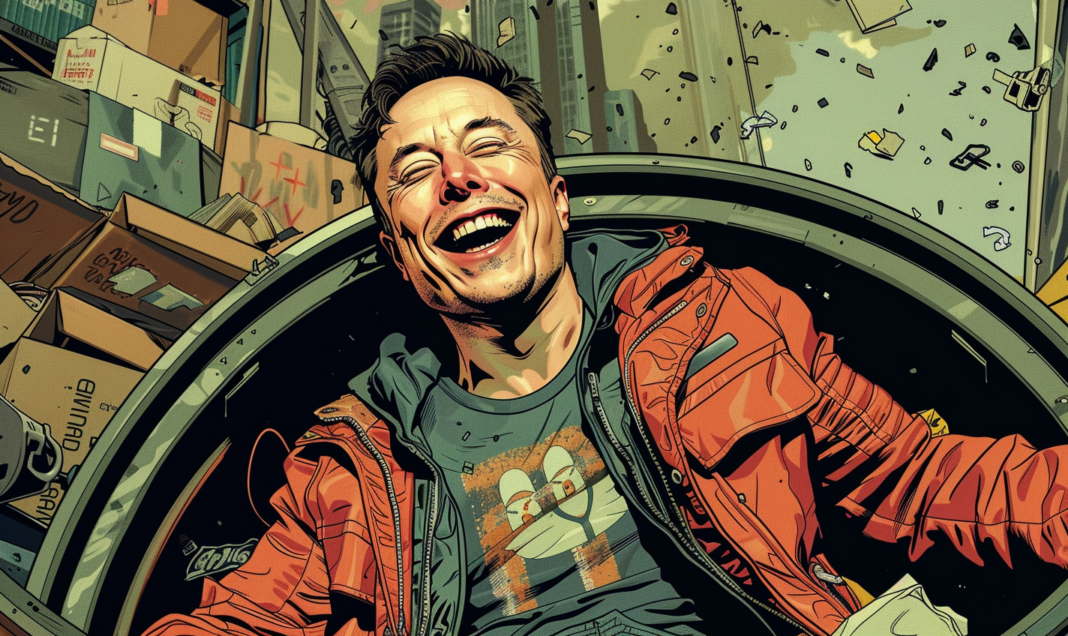PubMatic has officially stepped into the lion’s den, announcing its partnership with Elon Musk’s X (formerly Twitter) as its first major SSP collaborator. The ad tech world is buzzing, debating whether this is a bold move toward innovation or an ill-fated march into the wreckage of a platform struggling with free-fall ad revenue and a PR image problem the size of Musk’s ego.
At its core, this partnership is about risk—and not the kind that comes with healthy market disruption. Since Musk’s acquisition of Twitter, X has become a digital carnival where hate speech, misinformation, child exploitation content, and Musk memes reign supreme. Moderation policies are practically non-existent, and brand safety has become more of a joke than a guideline. Yet here comes PubMatic, positioning itself as the savior of X’s battered advertising ecosystem.
So why is PubMatic taking this gamble? Let’s break it down.
PubMatic’s pitch is straightforward: bring its programmatic technology to X, scale its inventory, and make the platform attractive to advertisers who are skittish about Musk’s content moderation (or lack thereof). By expanding X’s ad inventory into the open internet, PubMatic is banking on advertisers valuing reach over brand safety. But here’s the thing: advertisers have already made their thoughts on X’s brand safety abundantly clear by jumping ship en masse.
X’s ad revenue tanked by nearly 50% since Musk’s acquisition, plummeting from $4.5 billion in 2022 to an estimated $2 billion this year. To make matters worse, X is still embroiled in lawsuits with major advertisers, accusing them of orchestrating an “illegal boycott.” Against this backdrop, PubMatic is wading into treacherous waters, hoping to convince brands that the platform’s vast user base is still worth targeting.
The potential rewards are undeniable. If PubMatic can successfully leverage its tech stack to clean up X’s ad inventory and attract cautious advertisers, the SSP could cement its position as a pioneer in open internet programmatic. The partnership also opens up opportunities to access X’s user data for targeting and measurement, potentially creating a more efficient and scalable advertising solution. This could even lead to innovations that redefine programmatic advertising standards. However, the risks loom just as large.
Brand safety remains a critical concern. While PubMatic has built its reputation on maintaining high standards, its association with X could tarnish that image, especially if ads end up running next to hate speech or other unsavory content. This is where the real gamble lies: can PubMatic convince advertisers to overlook X’s tarnished reputation in favor of broader reach and cheaper impressions?
Complicating matters further is PubMatic’s recent partnership with Roblox, a platform synonymous with kid-friendly content and creative engagement. On the surface, Roblox and X couldn’t be more different, yet PubMatic is now tasked with balancing both. Its collaboration with Roblox aims to scale programmatic video offerings and establish standards for 3D media units, a forward-thinking move that aligns with PubMatic’s innovation narrative. However, juggling Roblox’s squeaky-clean image alongside X’s chaotic free-for-all could result in a PR nightmare.
This partnership also hinges on an unspoken cultural shift. PubMatic seems to be betting that “wokeism fatigue” among brands and audiences could make them less concerned about associating with platforms like X. If Trump regains political power in 2024, and the pendulum swings back against progressive ideals, this could bolster PubMatic’s gamble. But if brands continue to prioritize inclusivity and brand safety, the SSP may find itself out in the cold.
The advertising industry’s reaction has been mixed. Optimists argue that PubMatic is seizing a unique opportunity to bring innovation to a platform desperately in need of a lifeline. By expanding X’s reach into the $26 billion open internet native display and video ad market, PubMatic could help unlock new revenue streams and attract a more diverse pool of advertisers. On the other hand, skeptics warn that PubMatic is putting its reputation on the line by associating with a platform that has become a symbol of unchecked toxicity.
At its core, this partnership forces advertisers to confront a critical question: are cheaper impressions worth the risk of a brand safety scandal? With Musk’s laissez-faire approach to content moderation showing no signs of changing, the risks remain high.
PubMatic’s bold move could either position it as the SSP that redefined programmatic advertising for 2025 or leave it as a cautionary tale of what happens when you mix ambition with recklessness. Whether this gamble pays off or backfires spectacularly, one thing is certain: the entire industry will be watching.
So buckle up, PubMatic. You’ve stepped into the big leagues of chaos. Here’s hoping that hazmat suit holds up.




